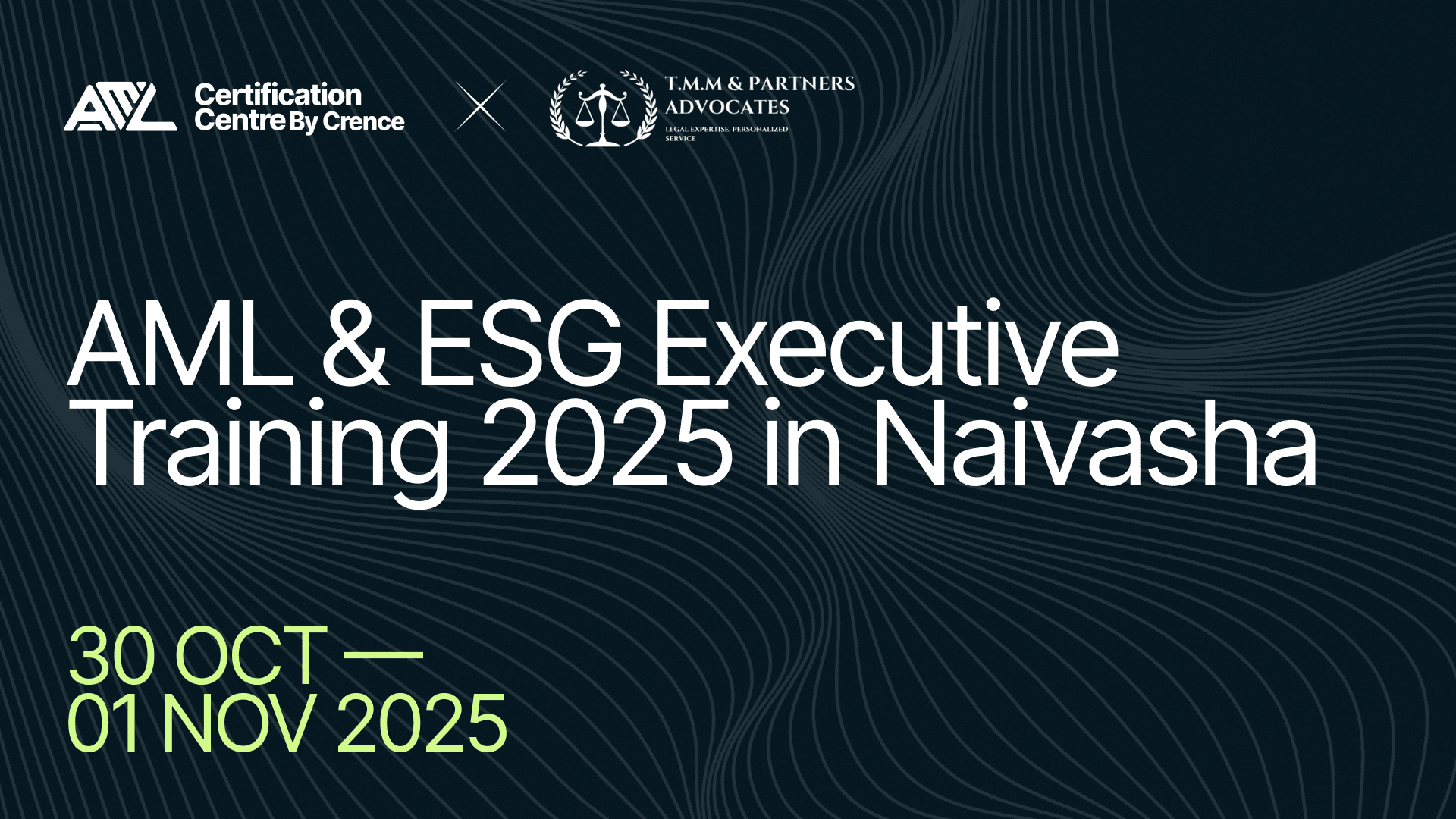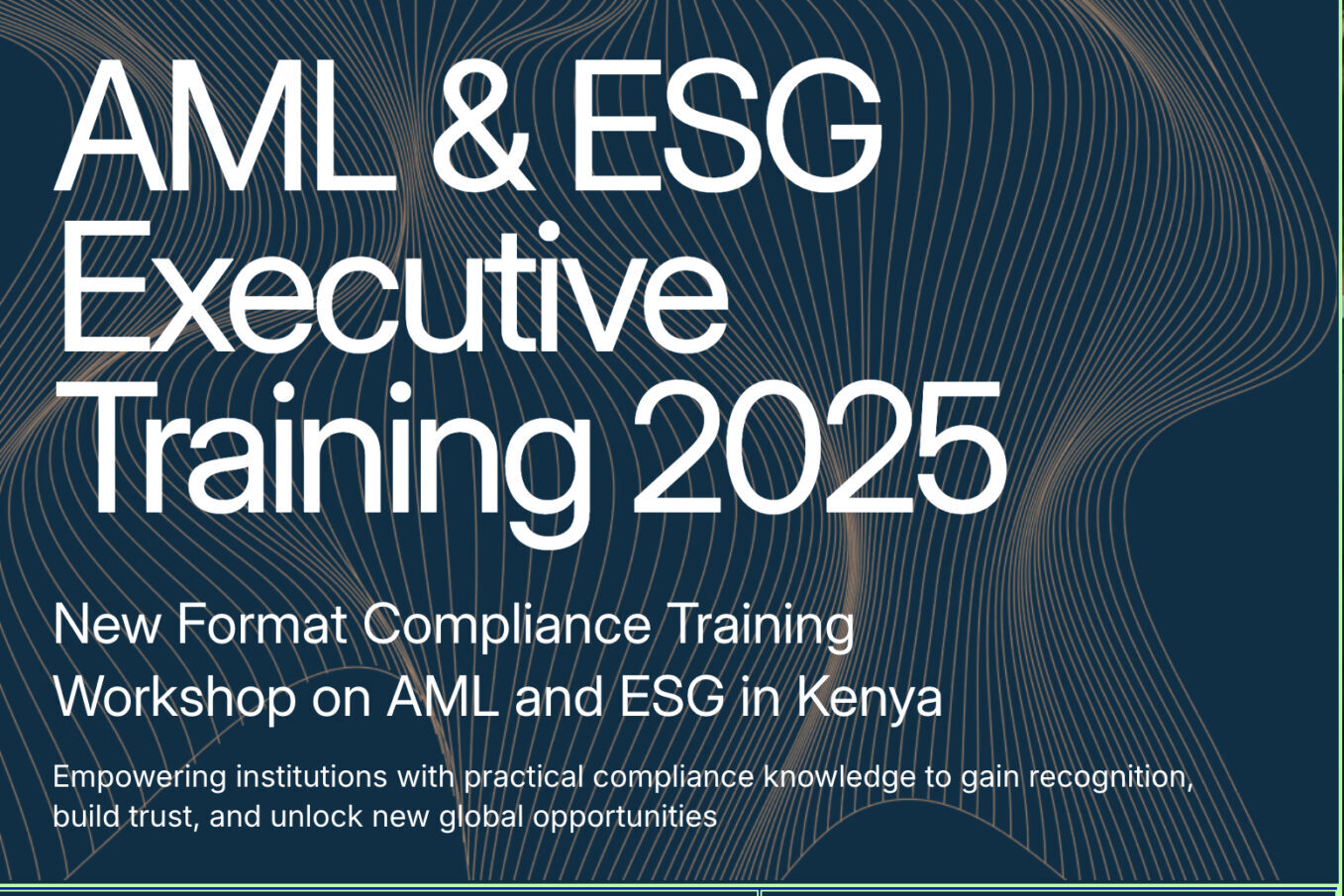Attackers always follow a strict plan for money laundering crimes. Digital and public leverages force intruders to find more sophisticated ways to successfully operate illegally, disrupting the legitimate financial system. That’s why many money laundering scheme have been operated for years. Unfortunately, it contributes to bribery, narco or human trafficking, chemical / biological weapon sales, and other dark side of humanity.
How individuals and businesses can protect their money and don’t send payments for illicit purposes? Entrepreneurs should know about 3 stages of money laundering. Understanding the whole pattern will help to prevent sorrowful experiences.
In this blog post, we propose an immersion in the unlawful activity backstage.
Exploring the 3 Stages of Anti-Money Laundering
Regrettably, the Eurojust report confirms the growing threat. According to the document, the number of Anti-Money Laundering cases has doubled for a few years. Attackers don’t pursue only big corporations so everyone can get into trouble. Detailed acquaintance with a consistent chain of crime phases is a first step in the struggle against shameless entrepreneurs.
The process 3 stages of money laundering include placement, layering, and integration. Every part of the cycle creates obstacles to the disclosure of funds sources. In the end of the day, people see luxury assets, industrial or commercial investments, and other markers of high-earning leaders. Sumptuous lifestyles dazzle online users but don’t fall into this.
Cars and yachts may be of inappropriate origin, they may have been purchased with illegal funds. Abusers value expensive items, image and power, turning a blind eye to sacrifices such as the health and lives of affected victims, disruption of financial institutions or the financial system.
3 stages of money laundering examples will help to understand the essence of dirty money in financial institutions.
Explained 3 Stages of Anti Money Laundering: Placement, Layering, & Integration
Considering the complexity of the illegal process and possibly multiple participants, it’s better to split the scheme into the phases of money laundering. This structured approach might reveal the untold truth and stop destructive consequences. For sure, it’s not a guarantee of a fruitful probe.
Malefactors, money launderers, know how to maneuver and hide questionable wealth, evade taxes, and finance illicit business. Anti-money laundering steps placement, integration, and layering are just the tip of the iceberg. Without knowledge and expert advice, it’s hard to protect the company.
Placement
The first component of the chain implies methods when funds enter the legitimate system. There are many options for avoiding suspicion from government services. Point out the list of money laundering placement examples:
- Bank accounts abroad. Taking small amounts via foreign organizations. Attackers monitor the compliance of the declaration threshold. Often choose countries with weak anti-money laundering policies and controls on bank accounts to initiate financial transactions that bypass detection.
- Adding cash in the enterprise. Financial crime generates the budget of the company. It can be a bar, a car wash, or a gambling establishment. This option of the placement stages of money laundering combines business advantages with illegal procurement, feeding the financial system while concealing illegal funds.
- Manipulation with monetary instruments or scaling. Offenders purchase various checks (personal, travelers, bank), investment securities, and money orders to gradually legitimize funds within financial institutions.
- Offshores. Clients don’t know about beneficial owners and business identity, which can be hidden by money launderers seeking low transparency jurisdictions.
- Invoice fraud. Creating false documentation enables legitimizing the buying of non-existent services or goods and is a common method used to combat money laundering barriers in legitimate channels.
- Gambling. Buying chips, culprits leave dirty money or illicit funds in casinos. They bet minimally and after winning just cash out the gain, receiving a ‘clean’ income.
- Sports betting. Operates on the same principle as the gambling industry and serves as a stage for stages of money laundering activities
- Aborted transactions. The accountant or attorney gives the funds and reverses the sum to the criminals.
- Smurfing. Outlaws divide the sum into different amounts and spread it between different recipients. The process is related to iconic Belgium characters when participants in the scheme serve as smurfs. It’s one of the most common methods among all stages of the money laundering process.
The number one priority of this phase is to get the dirty funds into the legitimate financial system and avoid suspicion. Many experts believe that placement is the riskiest ALM form. In turn, the possibility of authorities’ detection is higher than the next threats.
Layering
The next of three stages of money laundering in order is close to the placement definition. In this situation, malefactors make transactions on and on. It complicates traceability, so perpetrators reach the desired result.
Counter to this hazard, banks insist on the verification of customer identities, strict control over any suspicious transactions on bank accounts, illicit funds, money laundering scheme. What are the most widespread forms of the second phase?
- Deposits. Some countries receive savings from non-residents into separate bank accounts, so outlaws use the opportunity.
- Shell companies. Try to obscure any information about individuals, including directors and owners. The absence of employees or physical presence are common signs.
- Digital currencies. Converting crypto and changing blockchains for confounding law enforcement agencies.
- Tumbling/mixing. The main emphasis is on using multiple exchanges.
- Legislation loopholes. Finding jurisdiction gaps for avoiding legal transfer.
- Trading in foreign currencies or international markets.
- Multiple wire transfers. Violators share costs between different accounts for layering money.
- Converting into stocks and various financial instruments.
When the paper and audit trail are highly obscured offenders consider the final solution. They prepare to turn their business into an element of the state economy, complicating the detection of funds sources.
Integration
The last of the 3 stages in money laundering process steps denotes legitimacy via taxes or another way of normal financial functioning. Companies undertake activities fully in the legal field at first glance. But this is just a cover when public services deep down see the violations:
- Rolling dividends. Criminals direct financial distributions to their companies’ shareholders.
- Fake staff. Option for getting funds back out. Intruders actively use cash for this method and provide payroll.
- Loans. Top management or stockholders take credit irrevocably.
- Investments. Illegal earnings lead to expensive assets, such as real estate, property, vehicles, jewelry, and artworks.
- Using an offshore foreign bank accounts for credit card debt redemption.
The main goal of this stages of money laundering is making transactions in an undetectable manner, proving the source’s legal authority. Moreover, they could continue to deal with criminal cases. For example, companies terrorist financing, dirty money or narcotrafficking.
It’s crucial to underline that money laundering 3 steps can overlap. On the other hand, not every case contains these phases. Malefactors are looking for new ways and build personal visions of illegal activity, laundering dirty money or legalizing illegal funds.
However, striving to verify the source of funds, create know-your-customers protocols, and dedicate attention to ambiguous events will minimize risks.
How Regulatory Technology Enhances the Payment Chain Tracking
The regtech, as a part of fintech, utilizes artificial intelligence and information technology for advanced regulatory processes. Special tools control real-time transactions and determine issues. Early identification decreases the scale of the negative consequences and prevents loss of funds or data breaches. Prolific cooperation with financial institutions occurs via cloud computing and includes information sharing.
It helps to receive expertise from appropriate entities for choosing the right strategies. Let’s take a look at examples of regulatory technology functions that can confront money laundering placement layering integration stages:
- Compliance. This set involves risk management or assessment, overseeing processed data, and submitting reports without any impact on architecture.
- Regulatory reports. Companies can use analytics, data distribution, payment monitoring, sanctions screening, operational diligence, and watchlist filtering.
- Control and identity management. This division comprises interaction with consumer data, such as storage and collection, and gives counterparties insight.
- Auditing. The section offers a ledger using blockchain and cryptocurrency, surveillance, project management assistance during setup, fraud detection, and tracking.
Modern financial system protection needs sophisticated ways for the reliable work of enterprises. The regtech suggests low-cost, time-saving, and relevant solutions for business. Also, it promotes growth and avoids penalties.
Conclusion
Understanding the peculiarities of the placement, layering, and integration stages helps companies to create their approach to solving issues illegal money laundering activities. Due to modern technologies and anti-money laundering specialists, entrepreneurs facilitate the struggle against detractors and enable them to save funds.
Anti-Money Laundering ecosystem provides mechanisms for deep transaction monitoring daily. With Implemented tools, entities will pay attention to red flags, such as speed deposit turnover, complex business structure, or high-frequent transactions. The next important step entails close connection and coordination between various parties, creating a financial crimes enforcement network.
Every side has its role and accountability because money laundering exerts a devastating impact on a state’s economic development and society. Also, it leads to negative consequences, including damaged reputation, increased costs, and operational risks for banks.
To successfully combat money laundering and mitigate its risks, financial professionals must be equipped with up-to-date knowledge and specialized skills. Completing certification courses like Certified Anti-Money Laundering Senior Specialist is crucial for professionals who want to ensure they can effectively detect and prevent money laundering in all its stages.










